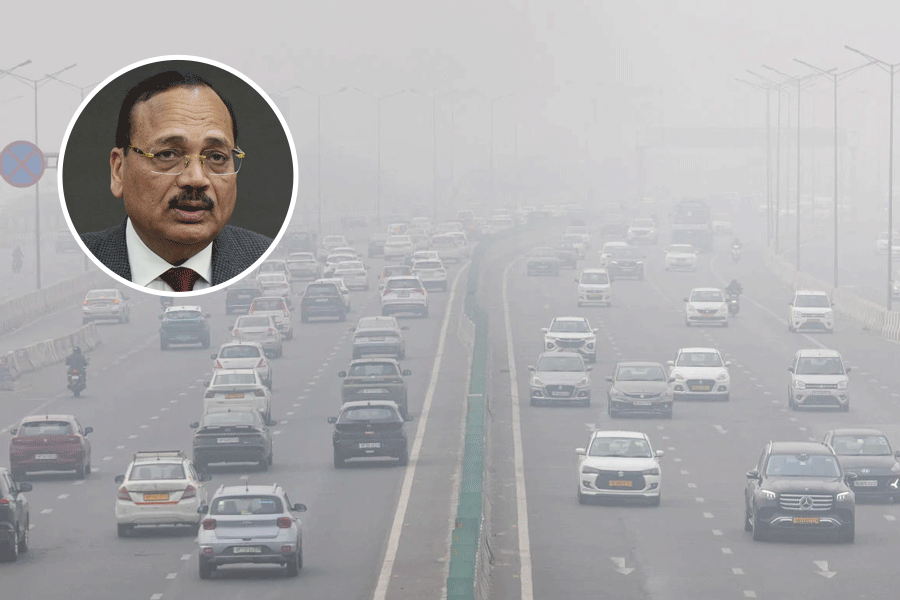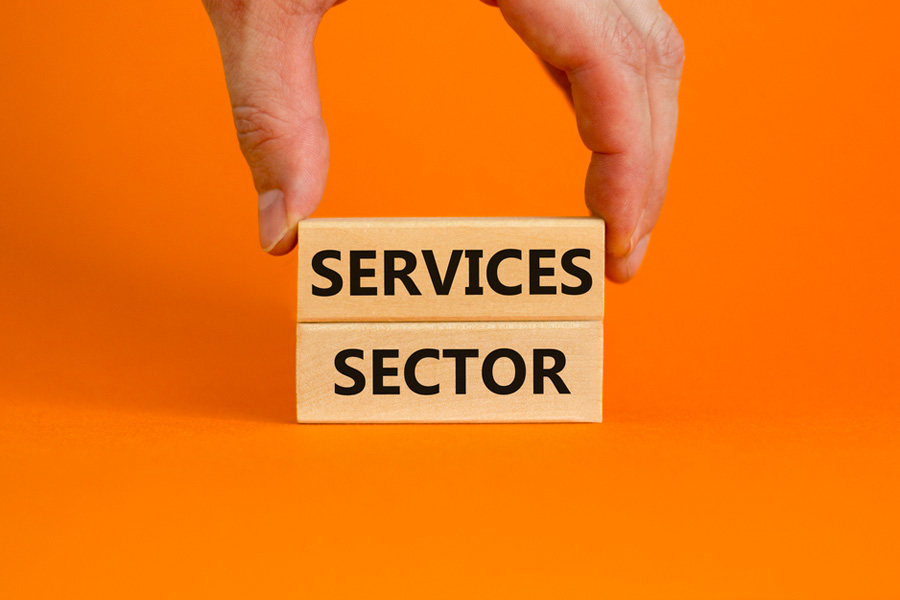The gruesome death of two employees of a food export firm in Bangalore in an elevator accident last month brings into sharp focus the need for stricter surveillance and better maintenance of lifts in the country. According to the police, the two employees were loading foodstuff from a cold storage on the first floor to the lift, when it suddenly gave way, resulting in part of their bodies getting caught in the narrow space between the metal cubicle of the lift and the wall.
Given the fact that today, constructions are growing vertically, lifts have become an integral part of our everyday existence. But in many buildings they are used without regular servicing, and this is where consumer pressure is absolutely necessary to ensure safe use of lifts.
In many office buildings around the country, I have seen that getting stranded in a lift is commonplace and when that happens, people routinely pry open the door from outside and ask people to come out. Sometimes even where the lift has stalled between floors, people are asked to jump on to a floor below. This is a very dangerous way of dealing with the situation because when someone is getting out, the lift could suddenly resume moving, resulting in the person falling into the shaft below. Experts say that when non-technicians or lay persons pry open the door, sometimes using heavy instruments, they may well damage the interlock system in the hoist way door, leading to accidents. The interlock is a mechanical-electrical device that keeps the hoist way door latched when the elevator car is not there.
Basically there are two types of lifts: the hydraulic lifts and the traction lifts. The traction elevators have built-in braking system or safties as they are called. When the elevator starts moving faster, the safties are activated by a governor and the brakes are applied. Experts say that hydraulic elevators don’t have these safeties on them and so there have been instances of such lifts falling due to a sudden catastrophic loss of pressure in the hydraulic fluid line or cylinder. This could happen in older lifts due to electrolysis or corrosion. Newer hydraulic lifts on the other hand have underground hydraulic cylinders that are properly insulated to keep moisture away. So if the hydraulic lifts are old, they need to be checked for safety and if necessary, some additional features added to make them safer.
So if there is a lift in the building in which you live or where you work, demand that it be serviced, inspected regularly and maintained well to ensure the safety of those who travel in them.










